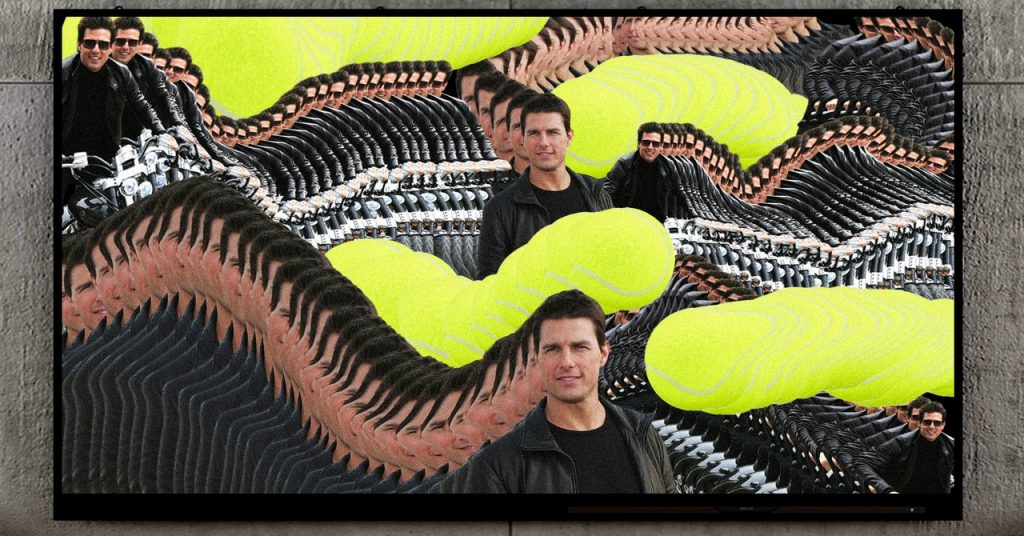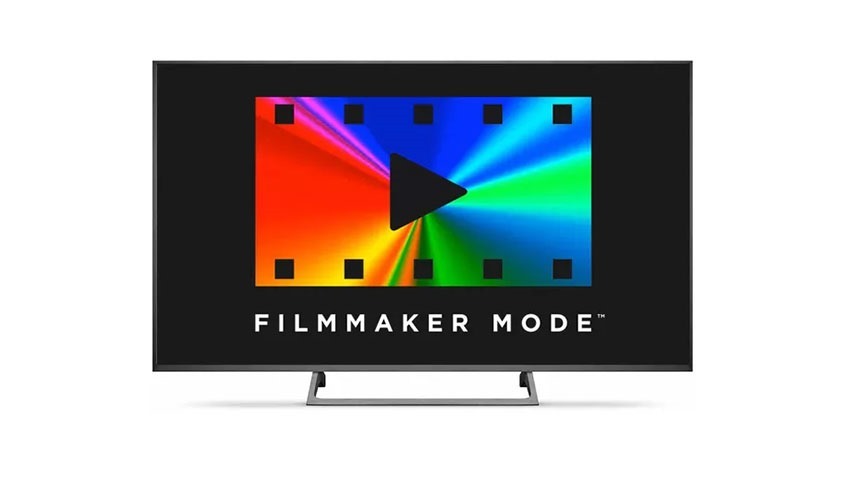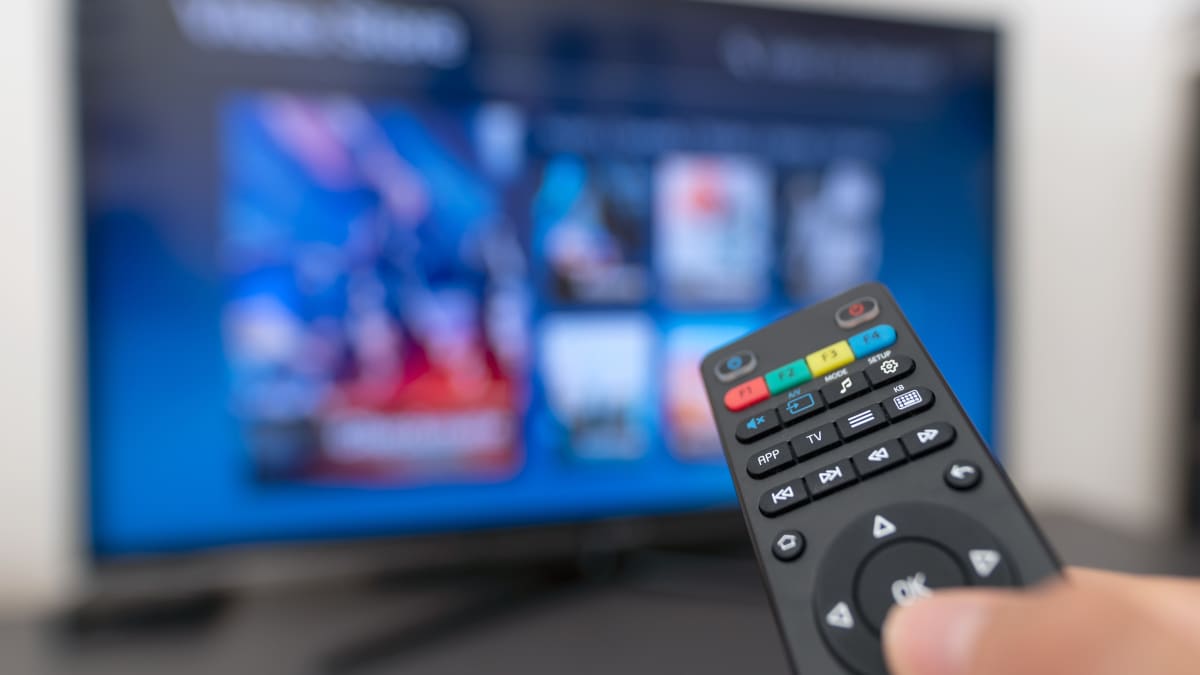

In fact, to solve these problems for both 24 and 25fps content you’d need at least a 600Hz screen, which isn’t going to be possible anytime soon. In the longer term 120Hz panels could at least partially solve the problem, but even these will create issues with PAL’s 25fps content. There’s just no foolproof way of playing back 24fps content on a 60Hz screen without introducing judder.

It’s clear that the state of television technology at the moment will make motion-smoothing pretty essential for the immediate future. The soap opera effect is especially unkind to gaming experiences. Then again, if you use your games console for any kind of media playback then this solution isn’t going to help you much.
#Motion smoothing tv tv#
If you TV allows it, then we’d suggest turning off motion-smoothing completely on the HDMI input that your games console is plugged into. Thankfully, some TVs allow you to change settings on an input-by-input basis. The additional processing power creates input lag, which will make games feel sluggish and unresponsive. That said, there are certain occasions when you should absolutely turn off motion smoothing entirely.Ĭhief amongst these is gaming in all its forms. To avoid the worst of both worlds we’d suggest leaving motion-smoothing on, but turning it to its absolute minimum setting.

Too much motion-smoothing creates the soap opera effect, but two little leaves your content juddering as your TV struggles to fit a square peg into a circular hole. In an ideal world we’d all have 120Hz televisions that can neatly show 24 frames per second, but while we’re still predominantly relying on 60Hz screens a certain amount of motion-smoothing is going to be needed. By the time the panel has refreshed 60 times, all 24 frames will have been shown.īut this 2:3 ratio isn’t ideal, and creates a certain amount of judder that’s especially noticeable during panning shots. The standard way of dealing with this is to show the first frame twice, the second same thrice, the third frame twice, the fourth frame thrice, and so on. However, with a refresh rate of 60Hz, TVs need to work out a way of dividing 24 frames into 60 refreshes, and this leads to problems. In an ideal world, TVs would be able to refresh at 24Hz, so they could neatly refresh once for every frame. Now, I don’t have an issue with 24fps as a standard, but it creates a lot of problems for 60Hz televisions. The world of cinema has clung pretty tightly to the 24 frames per second standard over the years, and for the most part, the world of TV and online video has done likewise (the exception being the PAL territories of the world who prefer 25fps for… uh… reasons).

Part of this has to do with the fact that, as outlined above, motion-smoothing looks pretty damn good when it comes to sports, but it also has benefits for cinematic content like James Gunn and his ilk produce. Why you should leave motion-smoothing onĪnd yet, despite all the issues with motion-smoothing, it’s still pretty essential for all modern televisions. It can’t afford to spend the time getting a frame looking perfect because it has to generate around thirty of them every second. What makes this effect worse is the fact that a television is trying to do all this work in real time as it receives and transmits the data. Here, you’re trying to guess what colors should have been in the original image, and as such it’s never going to look quite as good as an image that was originally shot in color.Ī TV is doing the same thing, but with motion instead of color. Think of it like ‘colorizing’ black and white photographs. The problem with motion-smoothing comes down to the fact that, fundamentally, your TV is trying to add extra information to an image that simply isn’t there.


 0 kommentar(er)
0 kommentar(er)
